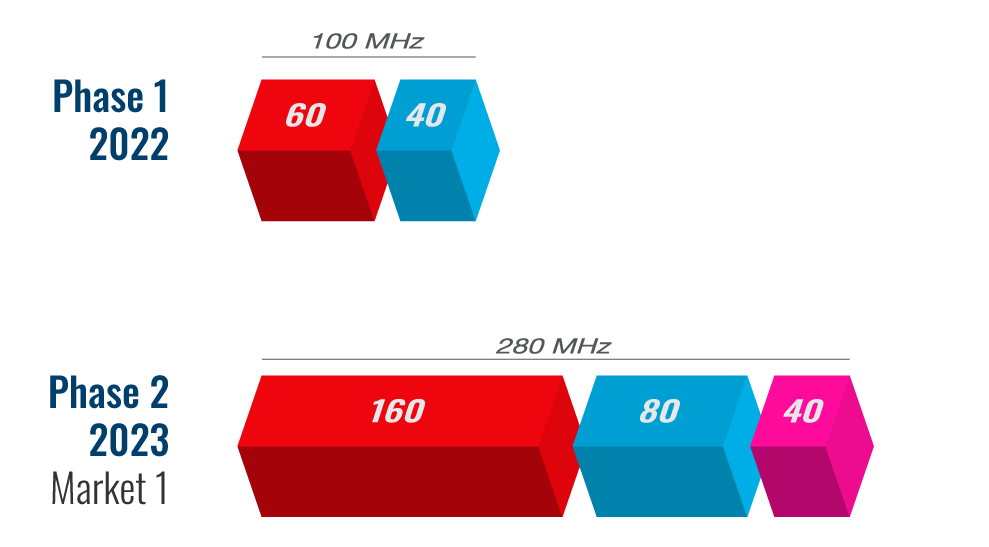What you need to know about C-band DAS
C-Band spectrum offers the bandwidth to provide performance and capacity for the true in-building 5G experience that mobile network operators, neutral-host providers, businesses, and especially end-users need. However, with the C-band spectrum, 5G technology, and larger channels, there are multiple challenges in upgrading a distributed antenna systems (DAS).

Our webinar will discuss the challenges and solutions for upgrading your legacy DAS networks from sub-3GHz to C-band spectrum.
-
- The 280 MHz C-band spectrum becomes available in two phases
- Mid-Band Frequencies (1.7 – 2.6 GHz) vs. (3.7 – 3.98 GHz), Propagation and Clutter
- Technology – 5G NR vs. 4G LTE and FDD vs. TDD
- Channel size – 20 MHz vs. 100 MHz
- Link Budgets and Passive Infrastructure
- Injecting the existing DAS v. Overlay
Speaker:

Josh Forgie
Director of Solutions Engineering
SOLiD
What is C-band?
C-band refers to a specific portion of the electromagnetic spectrum within the radio frequency range of 4 to 8 GHz. However, in the context of mobile communications, particularly 5G, C-band typically pertains to a narrower segment around 3.7 to 4.2 GHz. This band is highly valued for telecommunications because it balances coverage and capacity well, making it suitable for widespread network deployments.
Why is it important for 5G?
C-band is crucial for 5G networks because it provides significant bandwidth and extensive coverage. This makes it ideal for delivering the high-speed, high-capacity communications required for modern mobile services. The C-band allows for the deployment of 5G networks that can support more data-intensive applications like streaming high-resolution video, enabling more connected devices, and supporting more complex mobile services in dense urban and suburban areas.
What are the challenges with implementing C-band in 5G networks?
Implementing C-band in 5G networks involves challenges such as interference management, especially near satellite operations in adjacent bands, and upgrading infrastructure like distributed antenna systems (DAS) to support wider bandwidths and higher frequencies, which can be costly and complex.